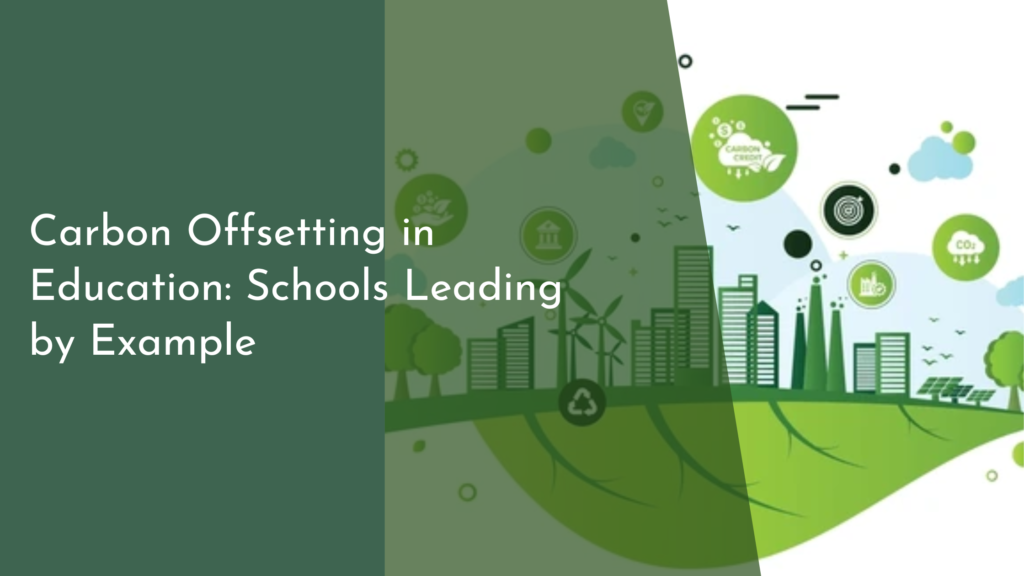Sustainable Pest Management Practices for Urban Forests
Urban forests are invaluable treasures that contribute significantly to the ecological health of cities. They provide numerous benefits, from improving air quality to enhancing the aesthetic appeal of neighborhoods. However, maintaining these green spaces is not without challenges, especially when it comes to pest management. As cities continue to grow, the need for sustainable pest management practices becomes ever more pressing. This article delves into the joy of urban forests, pest dynamics in city landscapes, eco-friendly solutions, and the importance of community involvement in pest control efforts.
Embracing Nature: The Joy of Urban Forests
Urban forests are more than just collections of trees; they are vibrant ecosystems that foster biodiversity and community well-being. They provide habitats for wildlife, offer recreational spaces for residents, and help mitigate the urban heat island effect. Trees in urban settings not only beautify neighborhoods but also serve as natural air filters, absorbing pollutants and providing oxygen. The presence of urban forests can inspire a sense of connection to nature, reminding city dwellers of the beauty and resilience of the natural world.
The joy of urban forests can be further amplified by community engagement. Residents can participate in tree planting days, educational workshops, and conservation initiatives, creating a sense of ownership and pride in their local environment. These activities not only help enhance the urban landscape but also foster a deeper appreciation for the vital role trees play in promoting health and happiness in urban areas. By embracing nature, communities can cultivate a shared commitment to preserving these invaluable resources for future generations.
Understanding Pest Dynamics in City Landscapes
Pest dynamics in urban forests are influenced by a multitude of factors, including the unique microclimates found in cities and the diversity of plant species present. Urban environments often provide ideal conditions for certain pests to thrive, such as invasive species that can outcompete native plants and disrupt local ecosystems. Understanding these dynamics is crucial for developing effective pest management strategies that protect the health of urban forests while maintaining ecological balance.
Moreover, urban pests often have complex interactions with their environment, including natural predators and seasonal changes. By observing these relationships, urban foresters and ecologists can identify potential pest outbreaks before they escalate. By monitoring pest populations and understanding their behaviors, we can design targeted interventions that minimize harm to beneficial organisms and the overall health of the urban forest.
Eco-Friendly Solutions: Tools for Sustainable Management
Sustainable pest management practices focus on using eco-friendly methods that minimize harm to the environment while effectively controlling pest populations. Integrated Pest Management (IPM) is one of the most effective frameworks for approaching this challenge. IPM combines monitoring, biological control, cultural practices, and targeted chemical use only when necessary. This holistic approach not only protects urban forests but also promotes the health of surrounding ecosystems.
In addition to IPM, many natural pest control options are gaining popularity among urban forest managers. For instance, introducing beneficial insects like ladybugs and lacewings can provide natural pest control by preying on harmful species. Similarly, planting companion plants can deter pests through natural repellence. By utilizing these eco-friendly solutions, urban forests can thrive without relying heavily on synthetic chemicals, ensuring a healthier and more sustainable environment for all.
Thriving Together: Community Involvement in Pest Control
Community involvement is a cornerstone of successful sustainable pest management in urban forests. Engaging residents in monitoring pest populations and identifying potential outbreaks fosters a sense of responsibility and connection to their local environment. Community members can participate in citizen science programs where they track pest sightings and report their findings, contributing valuable data to urban forest managers.
Moreover, educational initiatives can empower communities with knowledge about sustainable practices and the importance of biodiversity. Workshops on native plants, pest identification, and organic gardening techniques can equip residents with the tools to protect their urban forests. By fostering collaboration between local governments, organizations, and residents, we can create a thriving ecosystem that celebrates and safeguards the wonders of urban forests for generations to come.
Sustainable pest management practices are essential for the health and longevity of urban forests. By embracing the joy of these green spaces, understanding pest dynamics, implementing eco-friendly solutions, and fostering community involvement, we can ensure that our urban forests continue to flourish. Together, we can cultivate vibrant ecosystems that enhance our cities, promote biodiversity, and contribute to the well-being of all residents. Let’s celebrate and protect our urban forests, one sustainable practice at a time!

